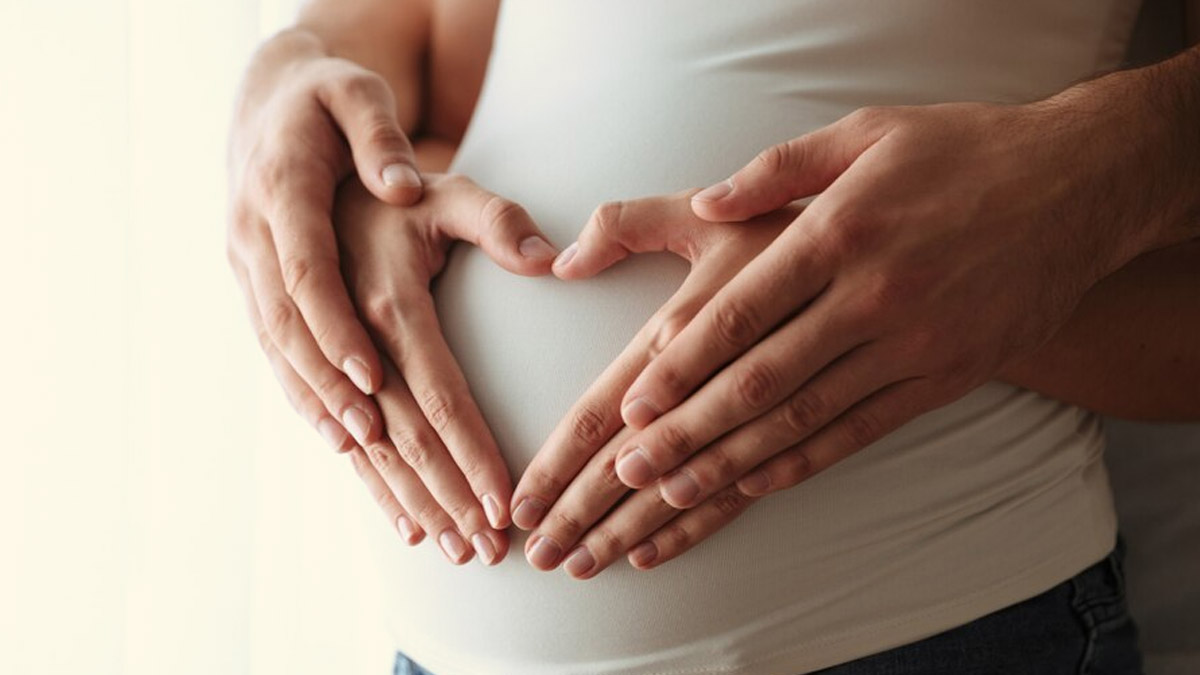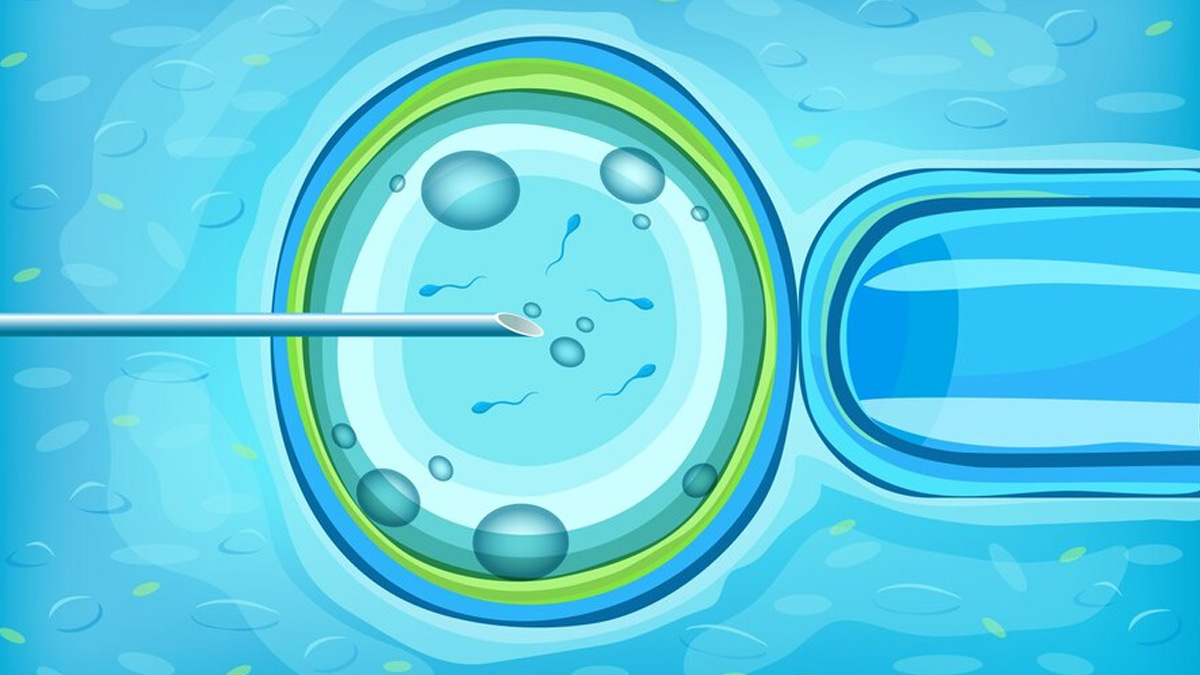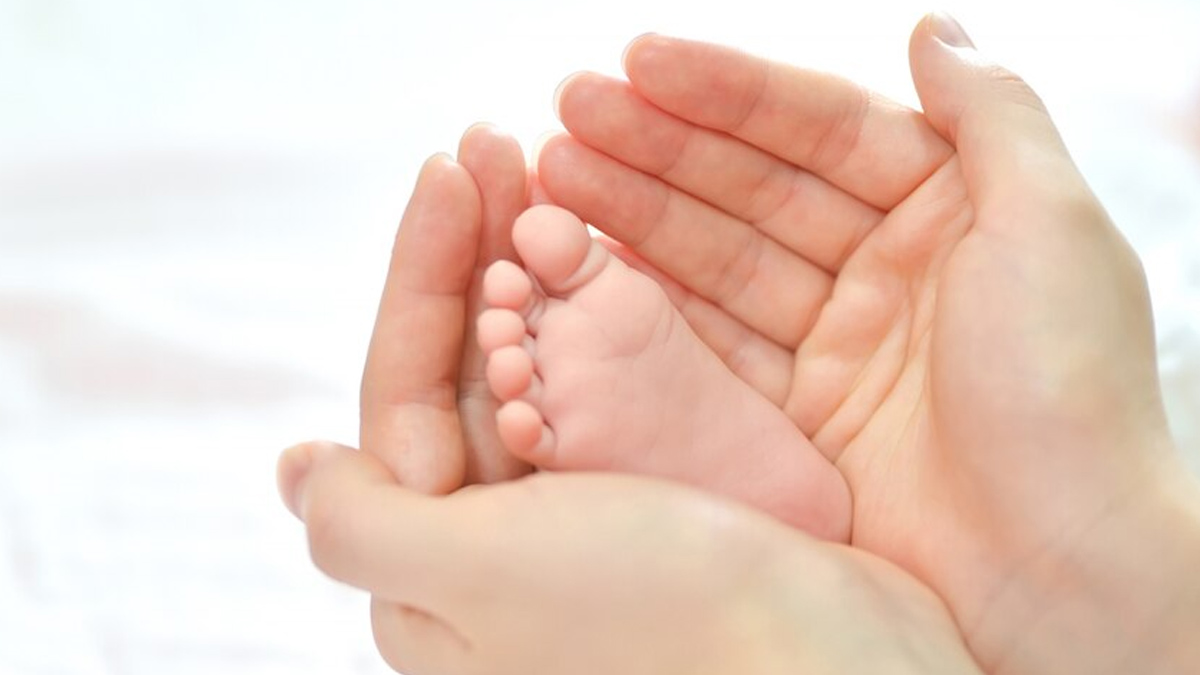
Technology has taken us to the moon and back. It has also made it possible for women to choose when they want to get pregnant.
In vitro fertilisation (IVF) is a common fertility treatment that has helped many women achieve a successful pregnancy. Even those who are otherwise unable to conceive due to blocked or damaged fallopian tubes can conceive with this technology.
Table of Content:-
As per existing records, IVF now accounts for 1.6% and 4.5% of all live births in the United States and Europe, respectively, according to StatPearls Publishing. However, there are various factors that may impact its success rate, including age.
Also Read: IVF Explained: Different In Vitro Fertilisation (IVF) Techniques That Couples Should Know
What Is IVF?

Infertility has become a common problem around the world. It is characterised by the inability to conceive after 12 months of unprotected sexual intercourse in women less than 35 or six months in women 35 years of age or older.
Research suggests that approximately 10–15% of couples will have difficulties getting pregnant.
IVF has been recognised as a common solution. It is one of the most popular types of Assisted Reproductive Technology (ART) that works by fertilising the egg and the sperm outside the body and in a lab. It involves retrieving healthy eggs from the ovaries and combining them with the sperm for fertilisation.
Days after fertilisation, the egg, now called the embryo, is placed inside the uterus. When the embryo implants itself into the uterine wall, it leads to pregnancy.
IVF Success Rates In Women By Age
Dr Kshitiz Murdia, CEO and Co-Founder, Indira IVF, says, “Fertility in women is a function of age, with the ability to conceive in their 20s being higher compared to their older counterparts.”
“This is correlated to a decline in fertility denoted by a reduction in ovarian reserve, egg quality, and quantity, particularly after 35 years of age,” he adds.
Moreover, the risk of chromosomal abnormalities in eggs also increases as one grows older, which can lead to genetic disorders in the future child and even failed pregnancies.
In general, most women in their early 20s have an 85% chance of getting pregnant the first year, as per a study published in the Upsala Journal of Medical Sciences. This likelihood decreases with age, particularly after the age of 35.
Also Read: Cost And Effects Of IVF Treatment In India, Doctor Elucidates
According to the 2021 preliminary data from the Society for Assisted Reproductive Technology (SART), the percentage of live births via IVF was 44.5%. Live births per first embryo transfer were 36.9%.

After the age of 40 and closer to menopause, pregnancy via IVF becomes even more difficult.
In women in their 40s, the overall percentage of live births decreased to 20.2%, which, by age 42, dropped to 2.9%.
Dr Murdia says, “The success rate observed in IVF is dependent on a number of factors, including the woman’s age.”
“Additionally, one’s lifestyle habits, Body Mass Index (or BMI), past history of treatment, existing comorbidities, as well as levels of certain key hormones, such as Anti-Müllerian Hormone (or AMH), can also have an impact on the same,” he shares further.

The Final Word
IVF has surely given a ray of hope to several women who find it difficult to conceive. In fact, according to Dr Murdia, technological advancements in IVF have helped in the development and implementation of personalised treatment options for patients with varied requirements.
“These address their unique history to put together a treatment plan that can ensure the highest probability of a successful outcome,” he says, adding that forming a trained pool of infertility specialists to handle all sorts of complicated cases plays a huge role in the success of an IVF pregnancy.
“Such interventions in IVF contribute to an overall success rate range of 60–80% across various age groups,” concludes.
Also watch this video
How we keep this article up to date:
We work with experts and keep a close eye on the latest in health and wellness. Whenever there is a new research or helpful information, we update our articles with accurate and useful advice.
Current Version